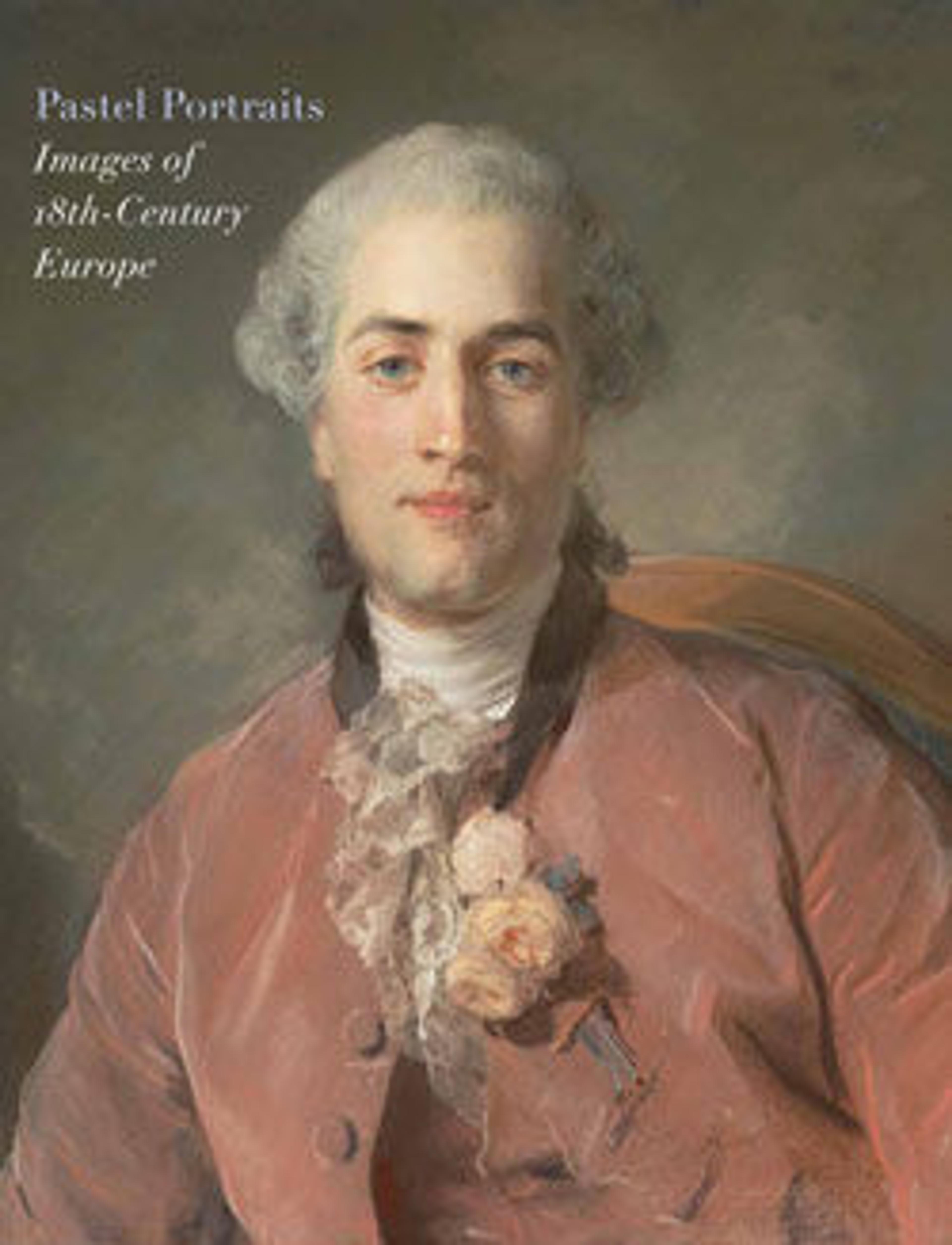Ebenezer Storer II
John Singleton Copley produced at least fifty-five pastel portraits before he left America for England in 1774, a rare achievement for a colonial painter in such a costly, rare, and painstaking medium. Among the clients willing to trust Copley with renderings other than in oil was the Storer family of Boston. In 1767, Copley drew portraits of Ebenezer and Mary Storer, their daughter, Mary (Mrs. Edward Green), and their son, Ebenezer Jr., and his wife, Elizabeth. All five portraits are now in the Museum.
Copley took full advantage of the brilliance afforded by pastel crayons to re-create Ebenezer Storer's figured silk damask banyan, the soft pile of his velvet turban, and the stubble on his sideburns and cheeks. He had ordered a full array of the crayons from the great Swiss master Jean-étienne Liotard, but had never seen a work in the medium, making his accomplishment all the more astonishing.
Copley took full advantage of the brilliance afforded by pastel crayons to re-create Ebenezer Storer's figured silk damask banyan, the soft pile of his velvet turban, and the stubble on his sideburns and cheeks. He had ordered a full array of the crayons from the great Swiss master Jean-étienne Liotard, but had never seen a work in the medium, making his accomplishment all the more astonishing.
Artwork Details
- Title: Ebenezer Storer II
- Artist: John Singleton Copley (American, Boston, Massachusetts 1738–1815 London)
- Date: ca. 1767
- Culture: American
- Medium: Pastel on paper mounted on canvas
- Dimensions: 23 1/8 x 17 1/8 in. (58.7 x 43.5 cm)
- Credit Line: Purchase, Morris K. Jesup Fund and Lila Acheson Wallace Gift, 2008
- Object Number: 2008.249.2
- Curatorial Department: The American Wing
More Artwork
Research Resources
The Met provides unparalleled resources for research and welcomes an international community of students and scholars. The Met's Open Access API is where creators and researchers can connect to the The Met collection. Open Access data and public domain images are available for unrestricted commercial and noncommercial use without permission or fee.
To request images under copyright and other restrictions, please use this Image Request form.
Feedback
We continue to research and examine historical and cultural context for objects in The Met collection. If you have comments or questions about this object record, please contact us using the form below. The Museum looks forward to receiving your comments.
